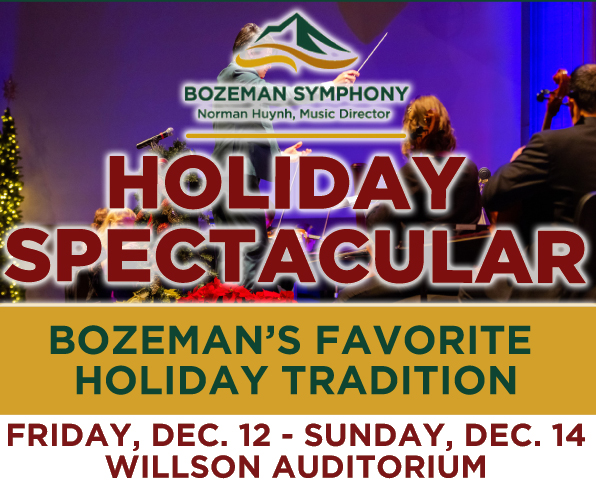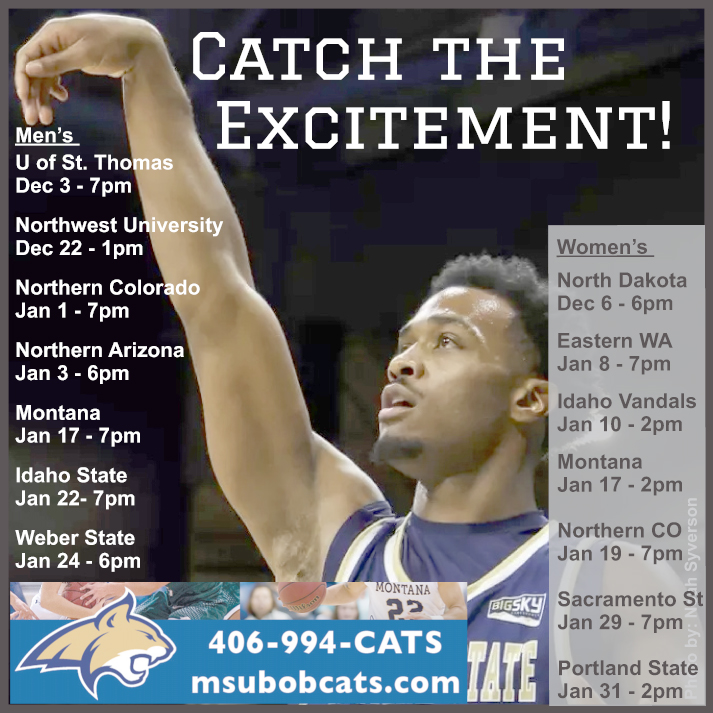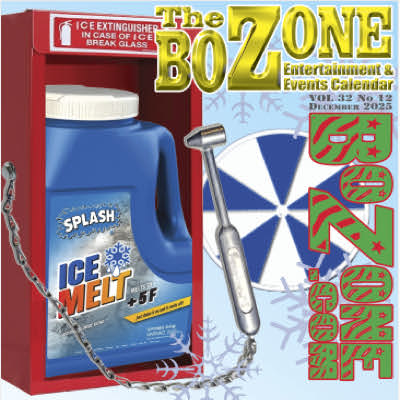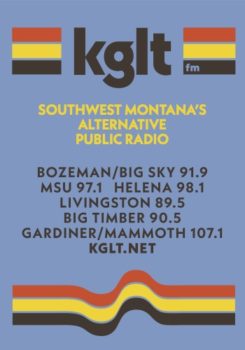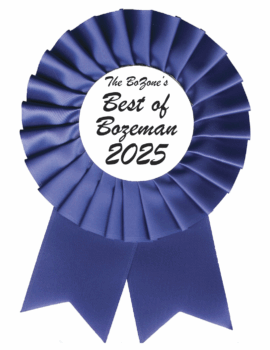MSU launches park so students, community can practice using avalanche beacons
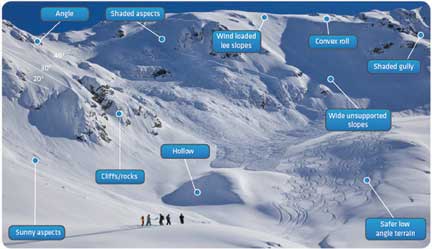
From MSU News Service
Hidden beneath the snow on the southwest corner of the Montana State University campus are eight devices intended to help train students and community members to save lives in the event of an avalanche.
The devices, buried in various locations in MSU’s new avalanche beacon park, mimic the beacons that safety experts encourage backcountry skiers and winter hikers to wear so that people in their group or rescuers can locate them quickly in the event they are buried in an avalanche.
“Being able to practice finding a beacon — and to find it quickly — is critical to the survival of a person buried in an avalanche,” said Jordy Hendrikx, director of the Snow and Avalanche Laboratory and associate professor in the Department of Earth Sciences in MSU’s College of Letters and Science.
“The chances of a live recovery are very slim after a person has been buried longer than 15 minutes,” said Hendrikx, who teaches undergraduate and graduate classes on snow sciences.
The avalanche beacon park opened in December and is designed to increase familiarity with avalanche transceivers, commonly called beacons. Beacons are devices that emit a radio signal and are meant to be worn by anyone venturing in mountain territory where there is a risk of an avalanche. If someone wearing an active beacon is buried in an avalanche, others who are safe can then switch their beacon to receive signals to assist in locating the person who is buried under the snow.
Since 1950, Montana has had 113 avalanche-related fatalities, with nearly a third of those occurring in the past decade, according to the Colorado Avalanche Information Center. There have been two avalanche-related fatalities this season in Montana, including a senior at MSU who died near Imp Peak in the southern portion of the Madison Range in October.
Ty Atwater, director of the ASMSU Outdoor Recreation program, began developing the idea for the avalanche beacon park after meeting with students.
“When I started at MSU last May, I interviewed the students and asked what would bring value,” Atwater said. “One student suggested a beacon park. That made a lot of sense to me, and I looked into what it would cost and what else it would take.”
The park is located near the Outdoor Recreation facility on Lincoln Street near South Hedges Hall. A kiosk with instructions and the current avalanche forecast information is located on the edge of the park. Anyone with an avalanche transceiver can practice locating the beacons using a central control unit at the kiosk. This control unit allows a user to turn on any of the eight hidden beacons, thereby varying the location, which makes for a more realistic avalanche scenario.
“The analogy is that practicing these emergency drills at an avalanche beacon park is like an electronic treasure hunt — you have an avalanche transceiver in your hand and you’re trying to find as many beacons as you can as quickly as you can,” Hendrikx said.
Atwater secured funding for the Avalanche Beacon Park from a variety of campus constituencies, including MSU’s Office of the Dean of Students, the Residence Hall Association, and lab fees from classes related to snow science. The Gallatin National Forest Avalanche Center also donated funds to bring the park to MSU.
Despite being a campus-run facility, Atwater said the park is a community resource and is open 24 hours a day, seven days a week for members of public to use at no charge — users need only provide an avalanche transceiver and follow the instructions at the kiosk for a self-guided training exercise. Outdoor Recreation also offers free two-hour rentals of avalanche transceivers during its hours of operation.
Hendrikx said he believes the new facility makes MSU unique among other institutions in the country.
“As far as I could find, there’s not another college or university in the U.S. that has this type of park,” Hendrikx said. “This facility is another effort to help keep our students and others safer in the mountains.”
Atwater stressed that searching for beacons at the park should not be considered a substitute for formal, more comprehensive, avalanche training.
“It’s a great way for people to sharpen the skills they have already learned in avalanche safety courses,” he said. •
